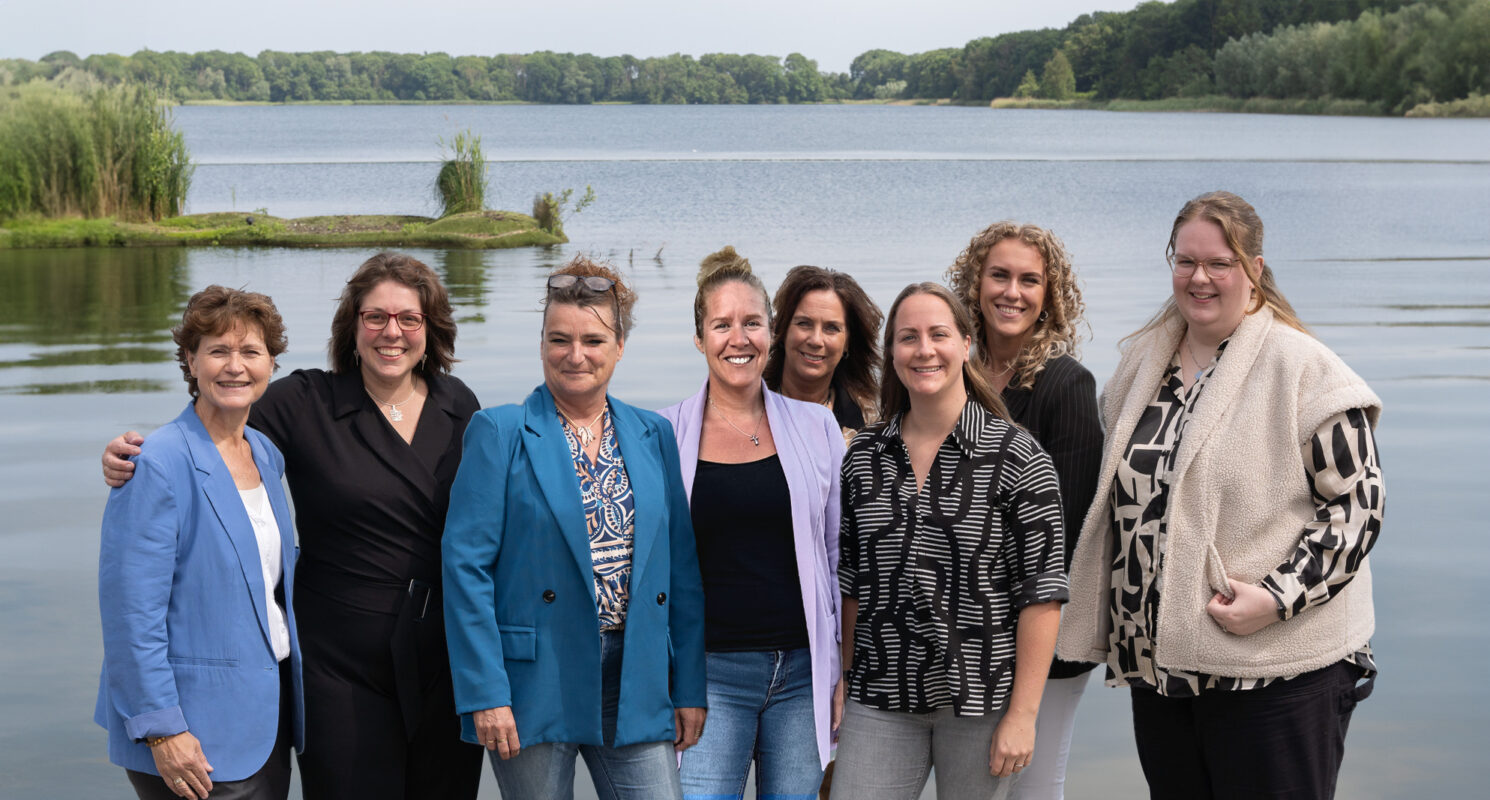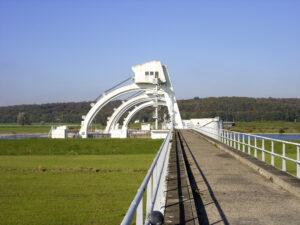You can reach World Water Academy by telephone: +31 030 606 94 00 or e-mail: info@worldwateracademy.nl.
Safety of Regional Water Barriers
Learning targets
The incidents at Wilnis, Ter Bregge, and Stein (Netherlands) prompted the need to standardize the processes for setting standards, testing, improving, and managing different types of regional water barriers. STOWA, the Interprovincial Consultation (IPO), and the Union of Water Boards developed the Development Program for Regional Water Barriers to support this approach.
In this course, we guide you through the process steps, providing the information needed to effectively navigate your own processes. We begin with the legal and governance framework and the roles of various authorities. You’ll then be given tools to effectively manage the processes of standard setting, testing, designing and improving, as well as managing and maintaining regional water barriers. The course emphasizes sharing experiences with other participants.
The following topics will be included:
- current status of the development program for regional water barriers
- the roles and responsibilities of provinces vs. water boards
- standard setting for polder embankments, barriers along regional rivers, and compartmentalization dikes
- key considerations in testing regional water barriers
- key considerations in designing and improving regional barriers
- management and maintenance with special focus on construction policy, permitting, and inspections
After completing this course, you will have:
- knowledge of the process steps for ensuring the safety of regional water barriers
- insight into the testing of regional barriers
- the skills to implement these process steps in your own work environment
Program
Day 1: Testing Regional Water Barriers
- introduction to the safety of regional water barriers
- knowledge development and safety philosophy
- standards for regional water barriers
- testing:
- principles
- piping
- macrostability
- height and overtopping
- manager’s assessment
- proven strength of peat dikes
Day 2: Designing and Improving Regional Water Barriers
- from test results to design
- dealing with the surrounding environment
- managing non-water-retaining objects
- duty of care and asset management
- management and maintenance
- field issues
Your Contribution
As part of the program, you are expected to actively participate by bringing in experiences or challenges from your work practice. This allows us to learn not only the theory but also from each other’s practical experiences.
Target group
This course is designed for (senior) advisors, project managers, policy officers, and managers of regional water barriers.
Learning Together
We aim to create an enthusiastic learning environment where participants can engage in valuable discussions about the course content and their work situations.
Entry Level
A minimum of an MBO-level education is required. If you do not fully meet the entry requirements, the course coordinator will contact you after registration to discuss what is needed to successfully complete the program.
Feel free to ask us about our products and courses

